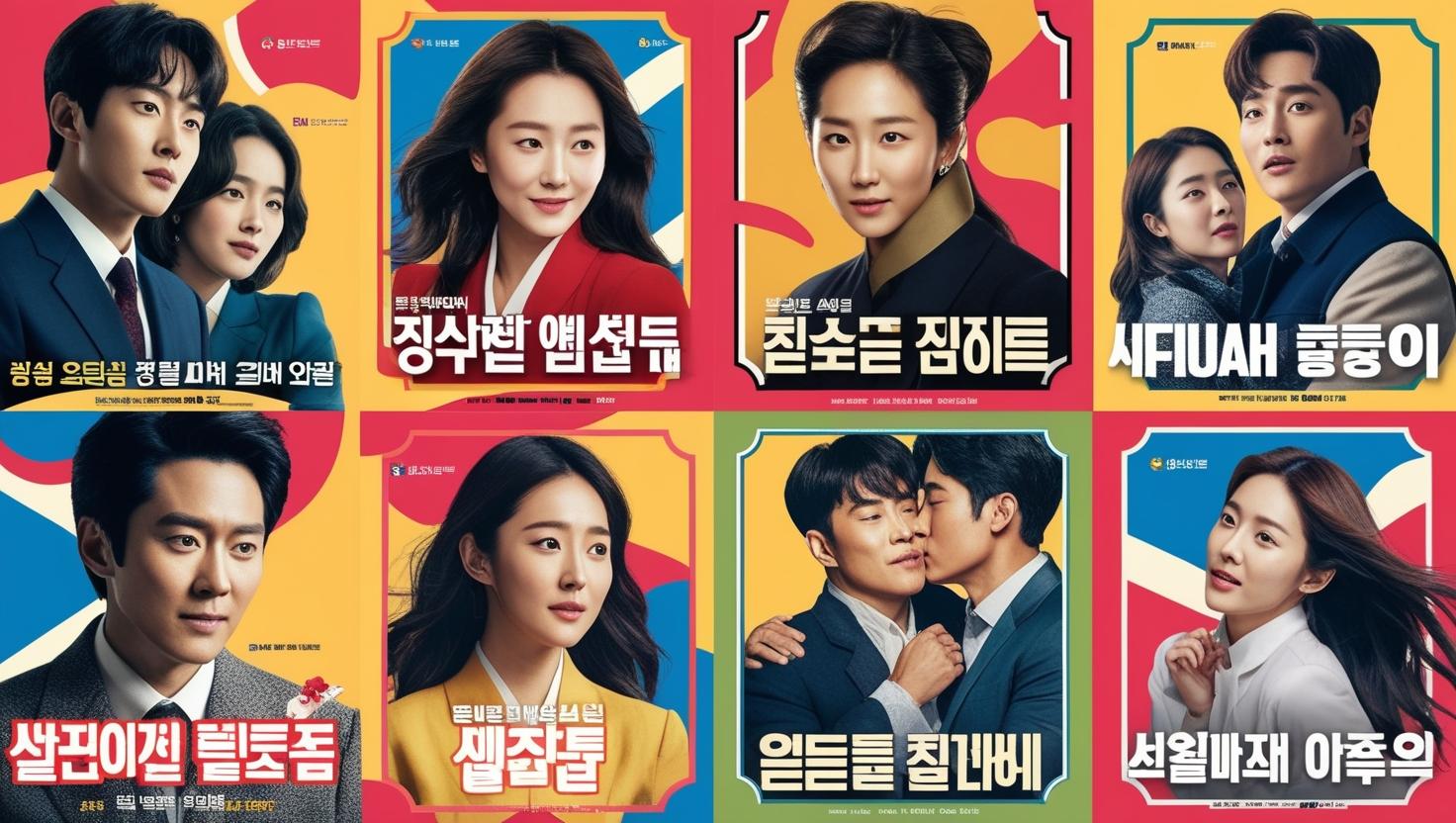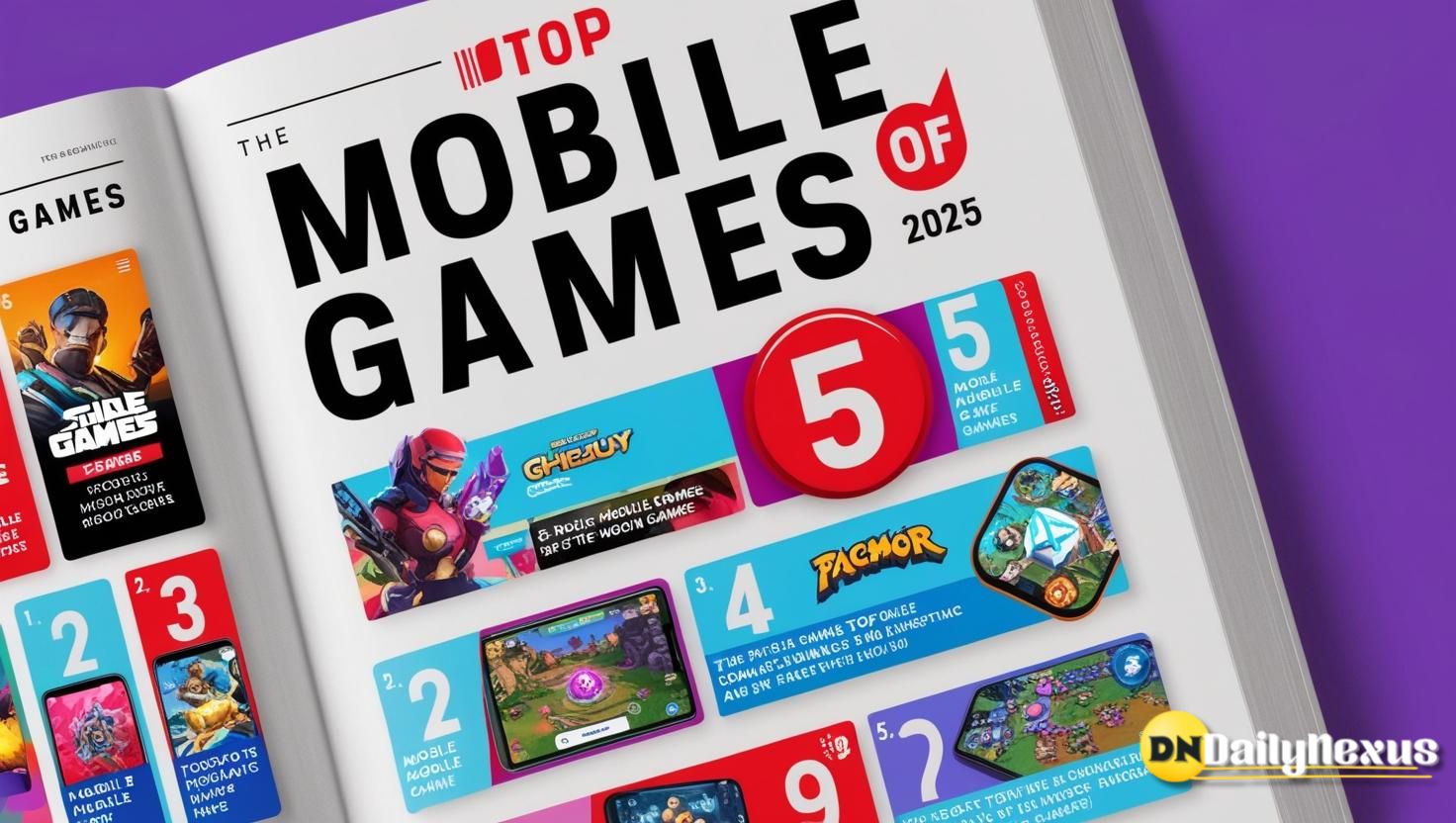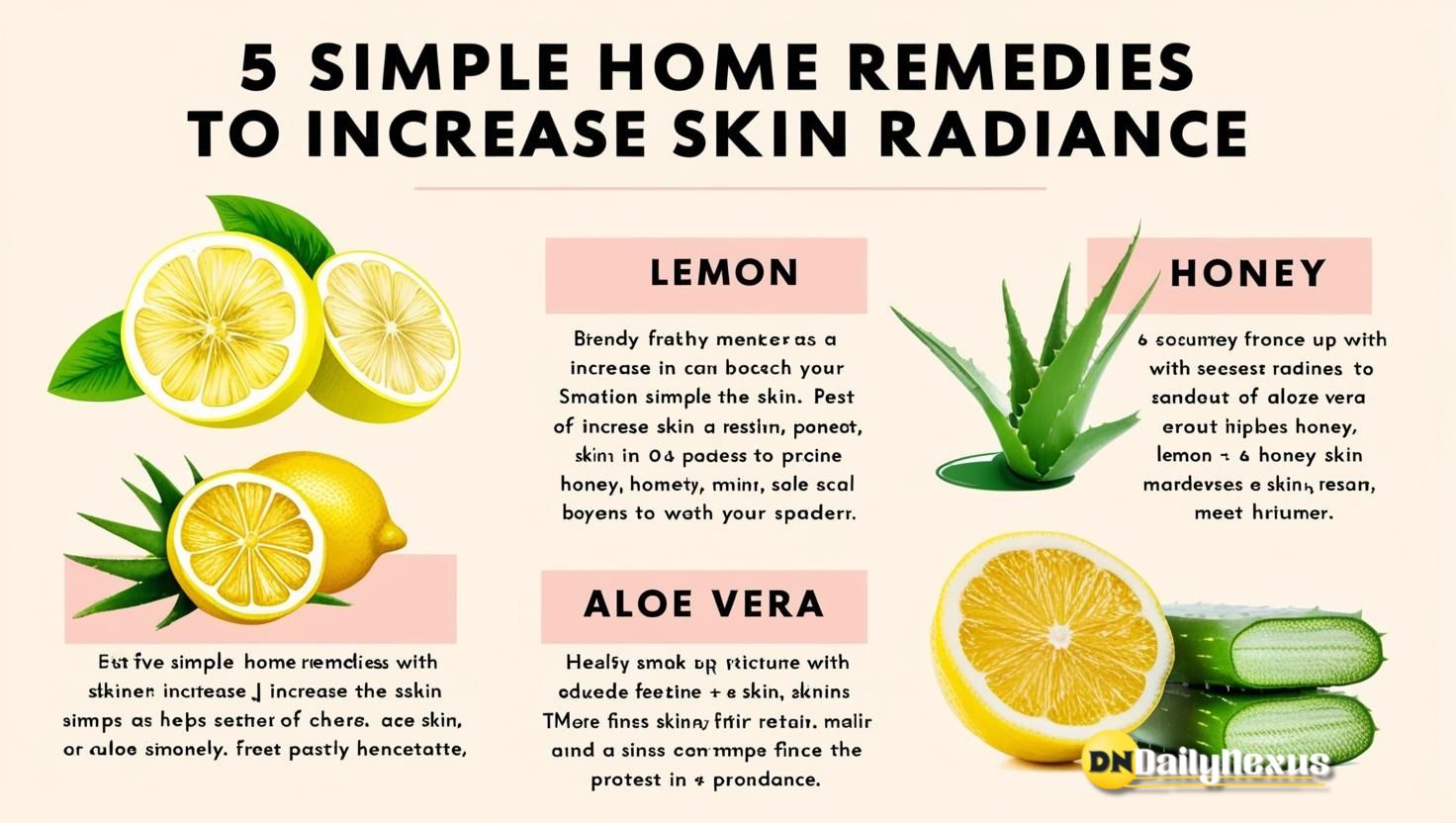.jpg)
Designing a website that shows different shadow effect is an art form. Both box shadow and drop shadow are among the most popular ways to create shadows, though they do tend to be compared against one another since each has certain niche applications(via visual effects). So this article is about breaking both types of shadows and what are their respective (spirit & material) concept with the help@of it where'''' you can implement them to make your website design awesome.
What is Box Shadow?
One of the most commonly used properties in CSS, box-shadow is a must-have when styling any element's entire box with shadows. It is very flexible in use, with this single CSS code you can create box-shadow on the boxes, buttons as well as images etc. You can change the shadow color, blur radius, spread and offset easily in order to achieve subtle elements of depth or cool 3d visual effects with just a small piece of code.
CSS Syntax for Box Shadow Example:
box-shadow: 10px 10px 15px rgba(0,0,0,.3);
In this code:
- - 10px 10px is the shorthand for horizontal, vertical offset.
- 15px is blur radius which blurs the shadow edges.
- rgba(0, 0, 0,.3) is for the shadow color +
Box Shadow: Main Properties
- Shadow Direction: You can set the direction of shadow with Offset X and Y values.
- Blur and Spread: Create adjustable blur spreads to control shadow depth/intensity.
- Multiple Shadows — CSS has three values for box-shadow so you can stack multiple shadows on top of each other which allows
- - Rectangular Shadows: box-shadow works on the entire box model (including padding and border) which combines creating a rectangular shadow.
What is Drop Shadow?
drop-shadow() is a CSS filter effect to cast shadow along the shape of an element. Unlike box-shadow, which obeys the “box” model of the rendering region surrounding an element’s rectangular shape as described in its margin-box, padding-box ) but it works on “the continuation of those boxes”, i.e. their visual outline around — e.g., text shadows! It is suitable for irregular shapes, images with transparent backgrounds or icons due to this flexibility.
Drop Shadow Syntax in CSS Example
Filter — Drop Shadow: drop-shadow(10px 10px 15px rgba(0,0.3));
In this code:
- – 10px 10px is the X and Y offset of shadow.
- - 15px is the blur radius.
- rgba(0, 0, 0, 0.3) is a shadow color with
Drop Shadow Essentials
Shape-Based Shadows: drop-shadow() conforms to the shape of its parent element, so it's great for non-rectangular items.
Transparent Backgrounds : Best used where'''' the image or svg has a transparent background as it will maintain the original shape.
Limited Properties: As strong as it is, drop-shadow only has a fraction of the amount of possible customizations than box-shadow can (like.. Spred radius).
When to use box-shadow vs drop shadow
Box Shadow — Great for standard boxes, parts and elements that are rectangular in shape It is often applied to card components, buttons or any element that should receive the shadow along its whole box model.
- Drop Shadow: used mostly for images, icons or elements with non-uniform shapes having transparent background.
EXAMPLES Practical web design
1. Card, Navigation Bar & Containers:
It is a common technique in order to make cards and containers look more 3D. For example:
.card {
This property will add a hint of shadow effect on the navbar box-shadow:0 4px 8px rgba(0,0,0,.5);
}
2. Icon or Image Shadows:
If you are using shadows for SVG icons or images, drop-shadow is a great alter----native to as it does follow the shape without putting in boxes.
.icon {
filter: drop-shadow(0 4px 8px rgba(0, 0, 0,.3));
}
Key Takeaways
Mastering the difference between box-shadow and drop-shadow is key to creating professional looking web designs. Of course, doing this will make the element pop out a lot more and actually give it some depth. when to use what depends on the shape of our element. If you are working with things like images or shapes that need non-boxed elements, use drop shadow.
These techniques will enable you to make your website look more interesting, which chances are that improves the virality of it. If you want learn more CSS tips and design tricks, head to [DailyNexus. info) and boost your web design skills
.jpg)
.jpg)

.jpg)


